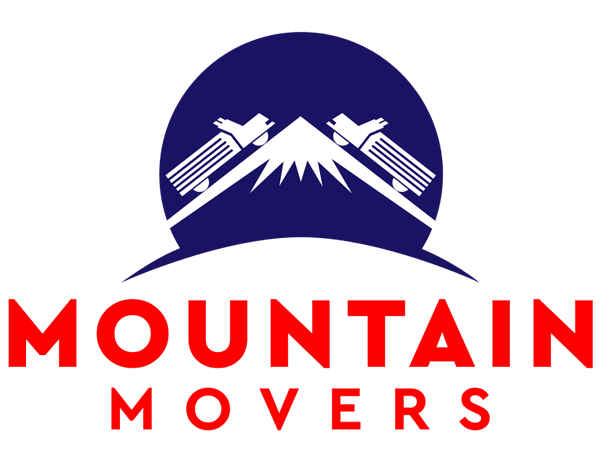Relocating your office is a major business decision that requires careful planning. This guide covers the key factors you need to think about before making the move. From selecting the right location to managing costs and keeping your team satisfied, each element plays a crucial role in achieving success. Austin office movers can help streamline the process, but you still need to understand what matters most. Let’s break down the critical considerations that will make your office relocation smooth and stress-free.
Location Analysis
Finding the right office location involves considering several practical factors. You need to verify that employees and clients can easily access the new space. Being close to your clients can strengthen relationships and create more business opportunities. The costs matter too, rent, utilities, and other expenses need to fit your budget. Consider what’s nearby as well: restaurants, public transportation, and parking all impact your team’s daily experience. Taking time to weigh these factors helps you pick a location that supports your business goals.
Budget Planning
Planning your moving budget carefully prevents financial surprises down the road. Here’s what to focus on:
- Cost Analysis: List all potential expenses, moving services, new lease agreements, and technology upgrades.
- Contingency Fund: Set aside extra money for unexpected costs that pop up during the move.
- Negotiation Strategies: Talk with vendors and service providers to get better deals and lower costs.
- Tracking and Monitoring: Keep a close eye on your expenses to stay on budget and make adjustments as needed.
Employee Needs
Your team’s comfort and productivity should be a priority during the move. Keep everyone informed about relocation plans, timelines, and changes well in advance of moving day. The new office needs to be a good place to work, featuring ergonomic furniture, adequate lighting, and well-equipped break areas. Some employees may feel stressed about the change, so offering support services, such as counseling or stress management, can be beneficial. When you pay attention to what your team needs, the transition goes much smoothly.
Logistics Management
Getting everything from point A to point B takes solid coordination. Focus on these key areas:
- Transportation: Book reliable movers or rental vehicles early to avoid last-minute scrambling.
- Packaging: Utilize high-quality packing materials to safeguard equipment and important documents.
- Scheduling: Create a detailed timeline that includes tasks, deadlines, and assign responsibilities to each person.
- Inventory Management: Track every item being moved so nothing gets lost along the way.
Communication Strategy
Good communication keeps everyone on the same page during the move. You need to manage expectations, address concerns, and maintain team unity during this change. Use various methods to share information, such as emails, video meetings, and online platforms, all of which are effective for regular updates. Pick someone to lead communication efforts, respond to questions quickly, and gather feedback from your team. When you stay transparent and listen to what people have to say, you reduce confusion and keep things running smoothly.
Legal Compliance
Following the law during your office move helps protect your business from potential problems later. Here’s what you need to check:
- Lease Agreements: Ensure the new location complies with zoning laws and any other rules outlined in your lease.
- Accessibility: Confirm the new space meets accessibility requirements for people with disabilities.
- Data Protection: Protect sensitive information during the move by adhering to relevant data protection laws.
- Permits and Licenses: Obtain any necessary permits and licenses to operate legally in the new location.
Taking care of these legal details early saves you from headaches and potential fines down the line.
Related Topics:

